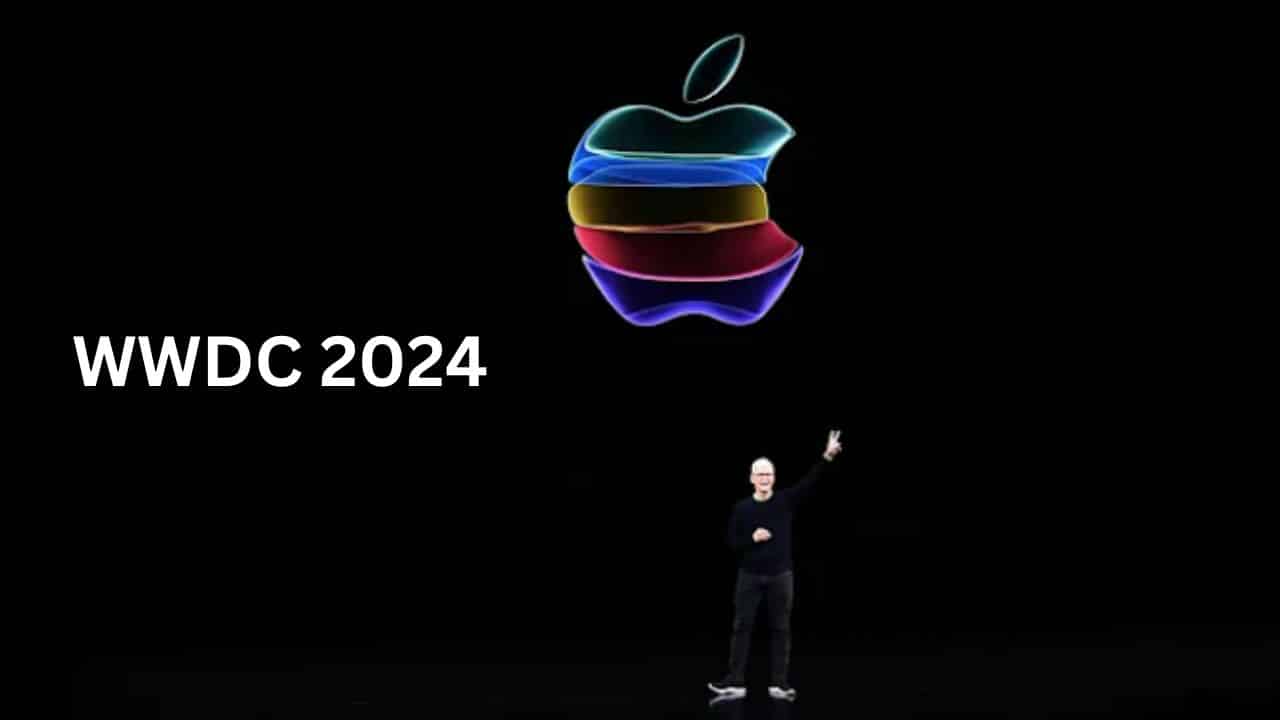Apple’s Worldwide Developer Conference (WWDC) kicked off with a nearly two-hour-long event packed with exciting announcements. The highlight of the event was the introduction of Apple’s own artificial intelligence model, Apple Intelligence, which aims to revolutionize user experience across all Apple devices in a privacy-conscious manner.
Apple Intelligence: A Game-Changer
The most significant reveal at WWDC was Apple Intelligence, an advanced AI model designed to enhance user interactions with their devices.
Apple Intelligence is capable of utilizing users’ personal information stored on their devices to answer queries and provide personalized assistance while ensuring user privacy.
Siri Gets Smarter
With the integration of Apple Intelligence, Siri has received a significant upgrade. The AI-powered assistant can now pull information from multiple apps to provide comprehensive responses.
For instance, Siri can prepare you for a meeting by giving you the time and location from your calendar, summarizing preparatory documents from your emails, and even providing weather updates so you know how to dress appropriately.
AI-Generated Emojis
Apple Intelligence also introduces the ability to create custom emojis through text prompts in iMessage. This feature allows users to generate unique, non-photorealistic images to enhance their conversations, adding a fun and personalized touch to messaging.
OpenAI Partnership
In a notable collaboration, Apple announced a partnership with OpenAI. Users will have the option to utilize ChatGPT for queries that are better suited to OpenAI’s technology.
This integration works directly from Apple devices, even if the user does not have a ChatGPT account, providing a seamless experience.
Enhanced Privacy Features
Apple continues to prioritize user privacy with several new updates.
1. Hidden Apps
New privacy settings on iPhones allow users to lock certain apps using Face ID, Touch ID, or a passcode.
Additionally, users can hide apps so they do not appear on the home screen, and any media from these apps will not be visible elsewhere on the device.
2. Real-Time Call Transcripts
iPhone users will now be able to record calls and generate real-time transcripts directly from the phone app.
All participants in the call will be notified when recording is in progress, ensuring transparency.
3. Innovative Controls and Health Monitoring
Apple also introduced new features to enhance the functionality and user experience of its accessories and health monitoring tools.
4. Gesture Controls for AirPods
New gesture controls for AirPods allow users to answer or decline calls with simple nods or shakes of their heads, providing a hands-free and intuitive way to manage calls.
5. Apple Watch Health Monitoring
The Apple Watch now includes advanced health monitoring capabilities. It can track vital signs such as body temperature and heart rate and notify users when these signals indicate potential illness, enabling proactive health management.
Investor Reactions and Future Prospects
Despite the exciting announcements, initial investor response to the launch of Apple Intelligence was somewhat muted, with Apple shares down nearly 2% an hour before the markets closed on Monday.
However, Apple executives, under the leadership of CEO Tim Cook and Craig Federighi, Senior Vice President of Software Engineering, emphasized the user-friendly nature of AI on Apple devices in an effort to make the technology relatable and secure for all users.
Longtime Apple analyst Gene Munster commented on social media, predicting that the new suite of AI-driven features would likely drive a new wave of users to upgrade their devices to take full advantage of Apple Intelligence.
Apple’s introduction of Apple Intelligence marks a significant step forward in the integration of AI into everyday technology.With enhanced features for Siri, innovative privacy controls, and advanced health monitoring, Apple continues to lead in creating secure, user-friendly technology. As users begin to explore these new capabilities, Apple Intelligence is poised to redefine the way we interact with our devices.
The information is taken from CNBC and USA Today










































